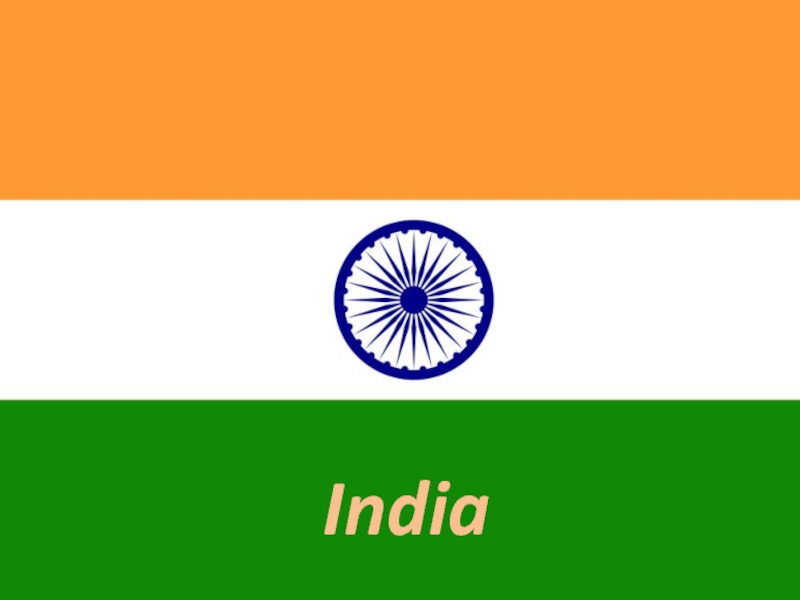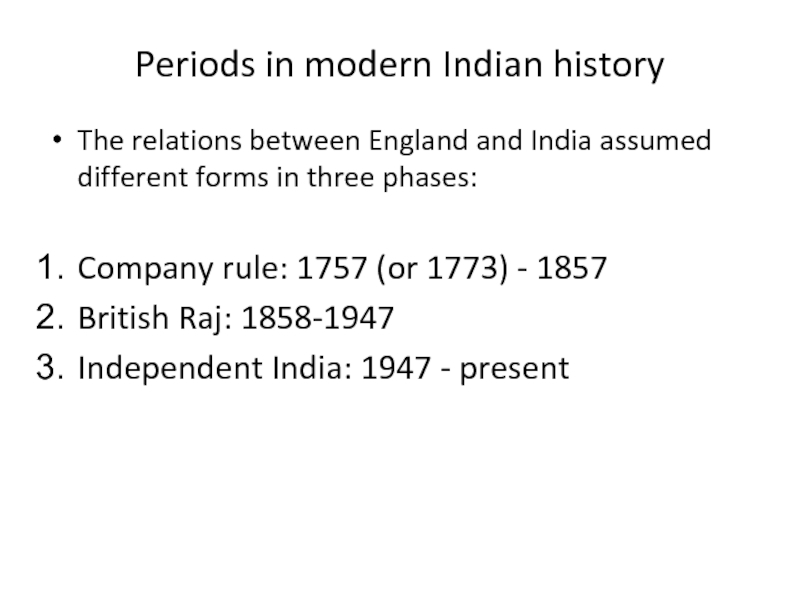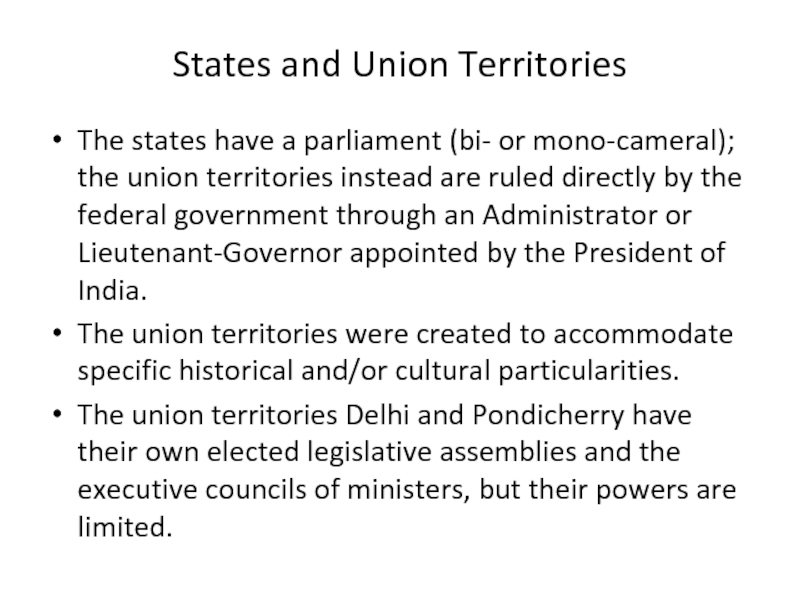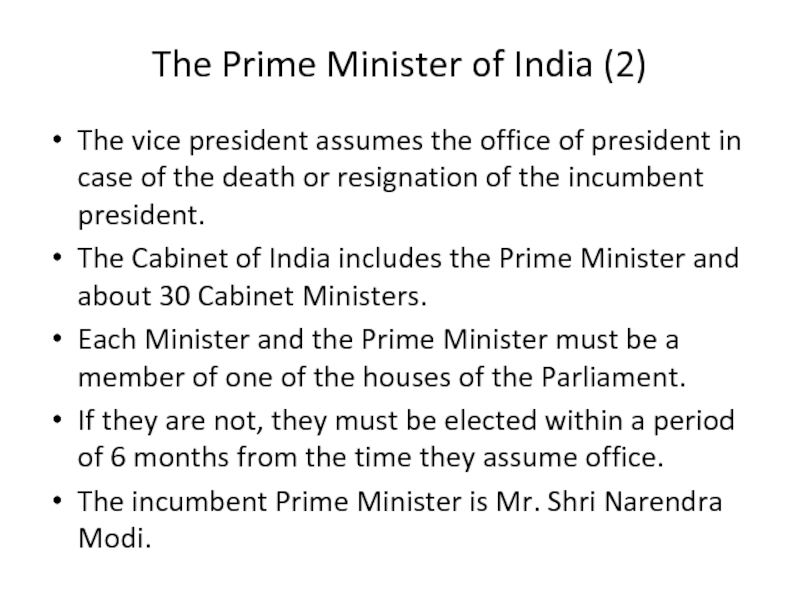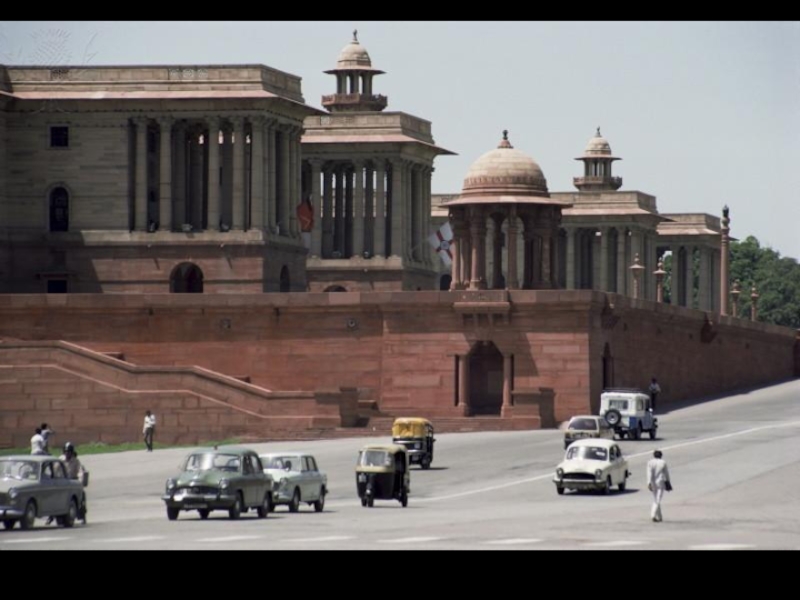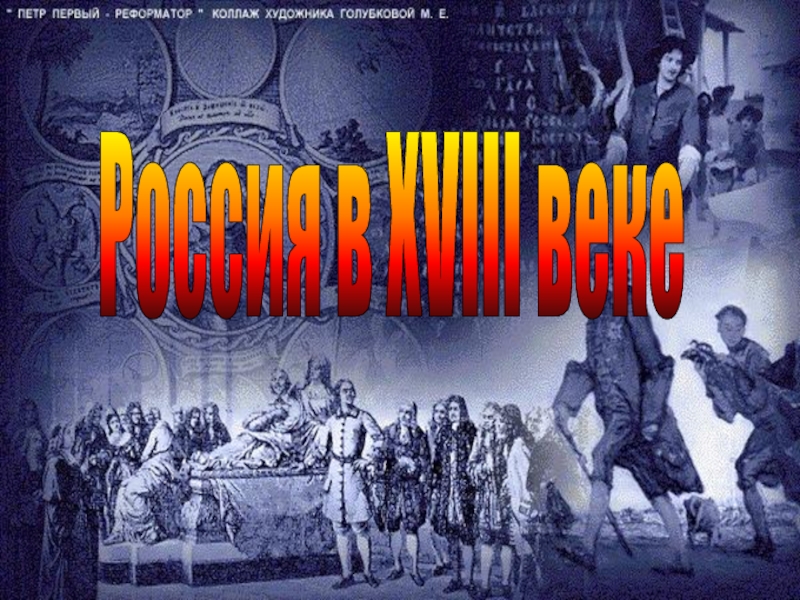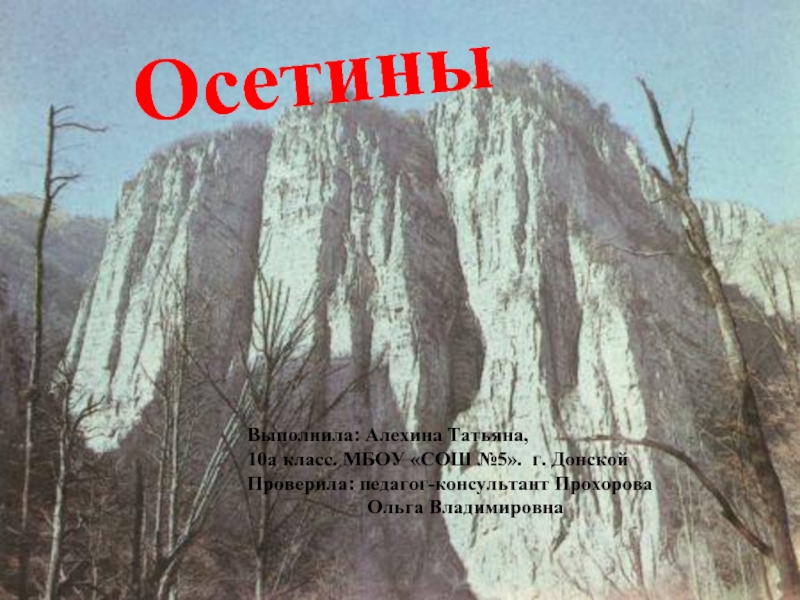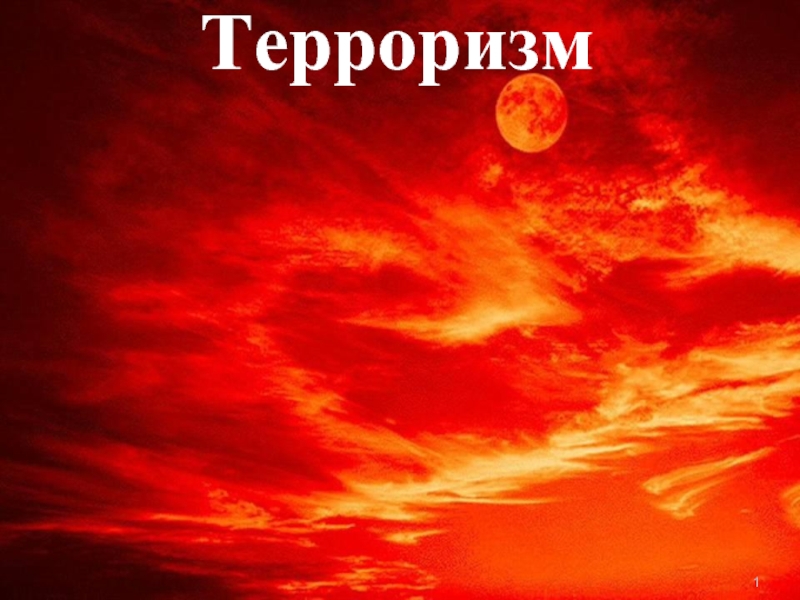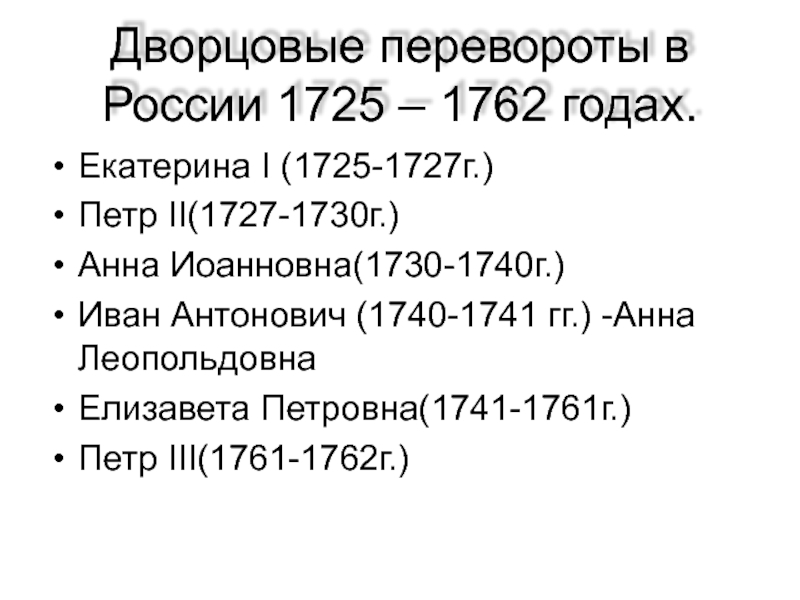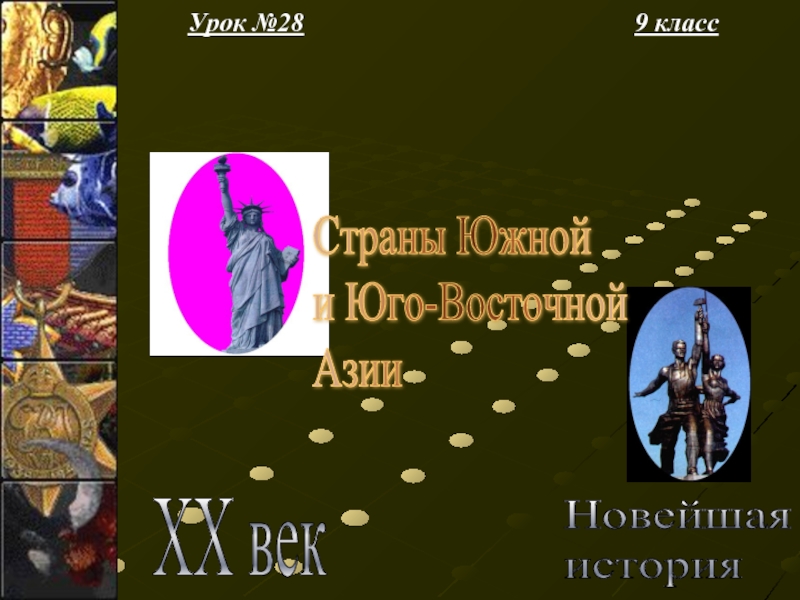- Главная
- Разное
- Дизайн
- Бизнес и предпринимательство
- Аналитика
- Образование
- Развлечения
- Красота и здоровье
- Финансы
- Государство
- Путешествия
- Спорт
- Недвижимость
- Армия
- Графика
- Культурология
- Еда и кулинария
- Лингвистика
- Английский язык
- Астрономия
- Алгебра
- Биология
- География
- Детские презентации
- Информатика
- История
- Литература
- Маркетинг
- Математика
- Медицина
- Менеджмент
- Музыка
- МХК
- Немецкий язык
- ОБЖ
- Обществознание
- Окружающий мир
- Педагогика
- Русский язык
- Технология
- Физика
- Философия
- Химия
- Шаблоны, картинки для презентаций
- Экология
- Экономика
- Юриспруденция
India. A bit of history презентация
Содержание
- 1. India. A bit of history
- 2. A bit of history In 1498, Vasco
- 3. Periods in modern Indian history The relations
- 4. British company rule (1) In 1617 the
- 5. British company rule (2) Between 1757 and
- 6. British Raj (1) The rebellion was brutally
- 7. British Raj (2) The British Raj was
- 8. Independence The Indian Independence Act, passed by
- 9. Princely states When India and Pakistan became
- 11. About the political system of India India
- 12. Westminster System The Indian central government adopts
- 13. States and Union Territories The states have
- 14. The President of India (1) The Constitution
- 15. The President of India (2) The President
- 17. The Prime Minister of India (1) In
- 18. The Prime Minister of India (2) The
- 19. Prime Minister and Council of Ministers
- 22. State Government States in India have their
- 23. Indian legal system The main legal systems
- 24. Anglo-Hindu law and Anglo-Muhammadan law (1) So
- 25. Anglo-Hindu law and Anglo-Muhammadan law (2) This
- 27. Evolution of law After the independence, in
- 28. The Constitution (1) The Constitution of India
- 29. The Constitution (2) The Constitution provides for
- 30. Criminal law (1) The Indian criminal law
- 31. Criminal law (2) After the Independence, the
- 32. Contract law The law relating to contracts
Слайд 2A bit of history
In 1498, Vasco da Gama discovered a new
sea route from Europe to India, which paved the way for direct Indo-European commerce.
The Portuguese set up trading posts in Goa, Daman, Diu and Bombay.
The next to arrive were the Dutch, the British, and the French.
The internal conflicts among Indian kingdoms gave opportunities to the European traders to gradually establish political influence and appropriate lands.
Although these continental European powers controlled various coastal regions of southern and eastern India during the ensuing century, they eventually lost all their territories in India to the British islanders, with the exception of small French, Dutch, and Portuguese territories.
The Portuguese set up trading posts in Goa, Daman, Diu and Bombay.
The next to arrive were the Dutch, the British, and the French.
The internal conflicts among Indian kingdoms gave opportunities to the European traders to gradually establish political influence and appropriate lands.
Although these continental European powers controlled various coastal regions of southern and eastern India during the ensuing century, they eventually lost all their territories in India to the British islanders, with the exception of small French, Dutch, and Portuguese territories.
Слайд 3Periods in modern Indian history
The relations between England and India assumed
different forms in three phases:
Company rule: 1757 (or 1773) - 1857
British Raj: 1858-1947
Independent India: 1947 - present
Company rule: 1757 (or 1773) - 1857
British Raj: 1858-1947
Independent India: 1947 - present
Слайд 4British company rule (1)
In 1617 the British East India Company (1600-1857)
was given permission by Mughal Emperor Jahangir to trade in India.
France and England were the great rivals in this part of the world during the 18th century, fighting three wars between 1746 and 1763 known as "Carnatic Wars" (from a region of Southern India).
The British prevailed at the end of the Seven Years War (1756-1763), that might be considered as the first true "world war".
France and England were the great rivals in this part of the world during the 18th century, fighting three wars between 1746 and 1763 known as "Carnatic Wars" (from a region of Southern India).
The British prevailed at the end of the Seven Years War (1756-1763), that might be considered as the first true "world war".
Слайд 5British company rule (2)
Between 1757 and 1773 the East India Company
established its rule as a quasi-government in large areas of India.
By the 1850s, the East India Company controlled most of the Indian sub-continent.
This included present-day Pakistan and Bangladesh.
The Indian rebellion of 1857 (also known as Sepoy Mutiny or Indian Mutiny or First War of Independence) was a large-scale rebellion by soldiers employed by the British East India in northern and central India against the Company's rule.
By the 1850s, the East India Company controlled most of the Indian sub-continent.
This included present-day Pakistan and Bangladesh.
The Indian rebellion of 1857 (also known as Sepoy Mutiny or Indian Mutiny or First War of Independence) was a large-scale rebellion by soldiers employed by the British East India in northern and central India against the Company's rule.
Слайд 6British Raj (1)
The rebellion was brutally suppressed and the British government
took control of the Company and eliminated many of the grievances that caused it.
The government also was determined to keep full control so that no rebellion of such size would ever happen again.
All power was transferred from the East India Company to the British Crown, which began to administer most of India as a number of provinces.
The resultant system was the British Raj: the British rule in the Indian subcontinent between 1858 and 1947.
The government also was determined to keep full control so that no rebellion of such size would ever happen again.
All power was transferred from the East India Company to the British Crown, which began to administer most of India as a number of provinces.
The resultant system was the British Raj: the British rule in the Indian subcontinent between 1858 and 1947.
Слайд 7British Raj (2)
The British Raj was instituted in 1858, when the
rule of the British East India Company was transferred to the Crown in the person of Queen Victoria (who in 1876 was proclaimed Empress of India).
The British Raj lasted until 1947.
In 1947 the British Indian Empire was partitioned into two sovereign dominion states, the Union of India (later the Republic of India) and the Dominion of Pakistan (later the Islamic Republic of Pakistan, the eastern half of which became the People's Republic of Bangladesh in 1971).
The British Raj lasted until 1947.
In 1947 the British Indian Empire was partitioned into two sovereign dominion states, the Union of India (later the Republic of India) and the Dominion of Pakistan (later the Islamic Republic of Pakistan, the eastern half of which became the People's Republic of Bangladesh in 1971).
Слайд 8Independence
The Indian Independence Act, passed by the British Parliament on 18
July 1947, divided British India into two new independent states, India and Pakistan.
They were to be dominions under the Commonwealth of Nations until they had each finished drafting and enacted a new constitution.
On 26 January 1950, India's new constitution came into effect and India was established as a secular and a democratic state.
They were to be dominions under the Commonwealth of Nations until they had each finished drafting and enacted a new constitution.
On 26 January 1950, India's new constitution came into effect and India was established as a secular and a democratic state.
Слайд 9Princely states
When India and Pakistan became independent from Britain in August
1947, besides the former British Raj there were on the Indian territory 565 Princely States, that became part of the Republic of India.
(A Princely State, also called a Native State or an Indian State, was a nominally sovereign entity with an indigenous Indian ruler, subject to a subsidiary alliance; that is, they were officially not under direct British rule. The great majority of these states were very small).
(A Princely State, also called a Native State or an Indian State, was a nominally sovereign entity with an indigenous Indian ruler, subject to a subsidiary alliance; that is, they were officially not under direct British rule. The great majority of these states were very small).
Слайд 11About the political system of India
India is a federal democratic republic
composed of 29 states and 7 union territories.
The President of India is head of state and exercises the executive power.
The Prime Minister is head of government.
The legislative power is exercised by the government and a bicameral parliament.
India's bicameral parliament consists of the Rajya Sabha (Council of States, the upper house) and the Lok Sabha (House of the People, the lower house).
The lower house is directly elected by the people, the upper house is indirectly elected.
The President of India is head of state and exercises the executive power.
The Prime Minister is head of government.
The legislative power is exercised by the government and a bicameral parliament.
India's bicameral parliament consists of the Rajya Sabha (Council of States, the upper house) and the Lok Sabha (House of the People, the lower house).
The lower house is directly elected by the people, the upper house is indirectly elected.
Слайд 12Westminster System
The Indian central government adopts the Westminster system.
The national government
has the power to dismiss state governments under specific constitutional clauses or in case no majority party or coalition is able to form a government.
The central government can also impose direct federal rule known as president's rule (or central rule).
The central government can also impose direct federal rule known as president's rule (or central rule).
Слайд 13States and Union Territories
The states have a parliament (bi- or mono-cameral);
the union territories instead are ruled directly by the federal government through an Administrator or Lieutenant-Governor appointed by the President of India.
The union territories were created to accommodate specific historical and/or cultural particularities.
The union territories Delhi and Pondicherry have their own elected legislative assemblies and the executive councils of ministers, but their powers are limited.
The union territories were created to accommodate specific historical and/or cultural particularities.
The union territories Delhi and Pondicherry have their own elected legislative assemblies and the executive councils of ministers, but their powers are limited.
Слайд 14The President of India (1)
The Constitution vests in the President all
the executive powers of the Central Government.
The President of India is elected by the Parliament and State Legislative Assemblies, and not directly by the people.
The President appoints the Prime Minister, the person most likely to command the support of the majority in the Lok Sabha (usually the leader of the majority party or coalition).
The President of India is elected by the Parliament and State Legislative Assemblies, and not directly by the people.
The President appoints the Prime Minister, the person most likely to command the support of the majority in the Lok Sabha (usually the leader of the majority party or coalition).
Слайд 15The President of India (2)
The President then appoints the other members
of the Council of Ministers, distributing portfolios to them on the advice of the Prime Minister.
Once the Prime Minister has been appointed, the President has no discretion on any other matter whatsoever, including the appointment of ministers.
But all Central Government decisions are nominally taken in his/her name.
The incumbent President of India is Mr. Pranab Mukherjee (since July 2012).
Once the Prime Minister has been appointed, the President has no discretion on any other matter whatsoever, including the appointment of ministers.
But all Central Government decisions are nominally taken in his/her name.
The incumbent President of India is Mr. Pranab Mukherjee (since July 2012).
Слайд 17The Prime Minister of India (1)
In parliamentary systems that adopt the
Westminster system, the prime minister is the presiding and actual head of the government and head of the executive branch;
and he/she is the leader of the majority party in parliament.
The central government is officially known as Union Government.
It exercises broad administrative powers in the name of the President, whose duties are largely ceremonial.
The president and a vice president are elected indirectly for 5-year terms by a special electoral college.
and he/she is the leader of the majority party in parliament.
The central government is officially known as Union Government.
It exercises broad administrative powers in the name of the President, whose duties are largely ceremonial.
The president and a vice president are elected indirectly for 5-year terms by a special electoral college.
Слайд 18The Prime Minister of India (2)
The vice president assumes the office
of president in case of the death or resignation of the incumbent president.
The Cabinet of India includes the Prime Minister and about 30 Cabinet Ministers.
Each Minister and the Prime Minister must be a member of one of the houses of the Parliament.
If they are not, they must be elected within a period of 6 months from the time they assume office.
The incumbent Prime Minister is Mr. Shri Narendra Modi.
The Cabinet of India includes the Prime Minister and about 30 Cabinet Ministers.
Each Minister and the Prime Minister must be a member of one of the houses of the Parliament.
If they are not, they must be elected within a period of 6 months from the time they assume office.
The incumbent Prime Minister is Mr. Shri Narendra Modi.
Слайд 19Prime Minister and Council of Ministers
The Prime Minister and the
Council of Ministers are jointly accountable to the Lok Sabha (collective responsibility).
If there is a policy failure or lapse on the part of the government, all the members of the council are jointly responsible.
If a vote of no confidence is passed against the government, then all the ministers headed by the Prime Minister have to resign.
If there is a policy failure or lapse on the part of the government, all the members of the council are jointly responsible.
If a vote of no confidence is passed against the government, then all the ministers headed by the Prime Minister have to resign.
Слайд 22State Government
States in India have their own elected governments, whereas union
territories are governed by an administrator appointed by the president.
Some of the state legislatures are bicameral, patterned after the two houses of the national parliament.
The states' chief ministers are responsible to the legislatures in the same way the prime minister is responsible to parliament.
Each state has a presidentially appointed governor who may assume certain broad powers when directed by the central government.
The central government exerts greater control over the union territories than over the States.
Some of the state legislatures are bicameral, patterned after the two houses of the national parliament.
The states' chief ministers are responsible to the legislatures in the same way the prime minister is responsible to parliament.
Each state has a presidentially appointed governor who may assume certain broad powers when directed by the central government.
The central government exerts greater control over the union territories than over the States.
Слайд 23Indian legal system
The main legal systems used in India before the
British rule were the Hindu and the Muslim law.
During the 18th century the British made some attempts to extend English common law to both British citizens and Indians under their rule.
This extension of English common law did not work well because of the intrinsic limitations of case law (being based on legal precedents that were either still missing or inapplicable in India); and because of the cultural and religious characteristics of Indian society.
During the 18th century the British made some attempts to extend English common law to both British citizens and Indians under their rule.
This extension of English common law did not work well because of the intrinsic limitations of case law (being based on legal precedents that were either still missing or inapplicable in India); and because of the cultural and religious characteristics of Indian society.
Слайд 24Anglo-Hindu law and Anglo-Muhammadan law (1)
So in 1772 the head of
the British administration (the Governor-General of India Warren Hastings) decided to let family, succession, and religious issues to be regulated by Hindu or Muslim law according to the religion of the individuals involved.
The British administration codified both Hindu and Muslim law and influenced them.
So two new branches of law emerged, known as Anglo-Hindu law and Anglo-Muhammadan law.
The British administration codified both Hindu and Muslim law and influenced them.
So two new branches of law emerged, known as Anglo-Hindu law and Anglo-Muhammadan law.
Слайд 25Anglo-Hindu law and Anglo-Muhammadan law (2)
This law was different from original
Hindu or Muslim law because the British had difficulties in accessing the original texts, while most judges were of English descent.
So, through the system of precedents typical of the English common law, the distance between classical Hindu and Muslim law on one side, and Anglo-Hindu and Anglo-Muhammadan law on the other, increased over time.
So, through the system of precedents typical of the English common law, the distance between classical Hindu and Muslim law on one side, and Anglo-Hindu and Anglo-Muhammadan law on the other, increased over time.
Слайд 27Evolution of law
After the independence, in the 1950s, several important acts
were passed to reform and improve Anglo-Hindu law.
Furthermore, after the independence the government tried to harmonize the various different laws concerning family law and related fields.
Recently also a branch of law known as Christian law has emerged.
It applies to Christians and is mostly based on English law.
Other special laws apply to Sikhs, and other laws to religions.
All of these branches of law of religious origins are applied by the regular state courts.
There are no religious courts in India.
Furthermore, after the independence the government tried to harmonize the various different laws concerning family law and related fields.
Recently also a branch of law known as Christian law has emerged.
It applies to Christians and is mostly based on English law.
Other special laws apply to Sikhs, and other laws to religions.
All of these branches of law of religious origins are applied by the regular state courts.
There are no religious courts in India.
Слайд 28The Constitution (1)
The Constitution of India came into effect from January
26, 1950.
It replaced the Government of India Act 1935 as India's fundamental law.
The Constitution declares India to be a sovereign, socialist, secular, democratic republic, assuring its citizens of justice, equality, and liberty, and endeavors to promote fraternity among them.
(see the pdf on the l-drive, folder “readings”)
It replaced the Government of India Act 1935 as India's fundamental law.
The Constitution declares India to be a sovereign, socialist, secular, democratic republic, assuring its citizens of justice, equality, and liberty, and endeavors to promote fraternity among them.
(see the pdf on the l-drive, folder “readings”)
Слайд 29The Constitution (2)
The Constitution provides for six fundamental rights:
Right to equality
Right
to freedom
Right against Exploitation
Right to Freedom of Religion
Cultural and Educational Rights
Right to Constitutional Remedies
Right against Exploitation
Right to Freedom of Religion
Cultural and Educational Rights
Right to Constitutional Remedies
Слайд 30Criminal law (1)
The Indian criminal law is based on three main
laws:
The Indian Penal Code, formulated by the British during the British Raj in 1860, forms the backbone of criminal law in India.
The Code of Criminal Procedure of 1973 governs the procedural aspects of the criminal law.
The Indian Evidence Act, originally passed by the British parliament in 1872, contains a set of rules and allied issues governing admissibility of evidence in the Indian courts of law.
The Indian Penal Code, formulated by the British during the British Raj in 1860, forms the backbone of criminal law in India.
The Code of Criminal Procedure of 1973 governs the procedural aspects of the criminal law.
The Indian Evidence Act, originally passed by the British parliament in 1872, contains a set of rules and allied issues governing admissibility of evidence in the Indian courts of law.
Слайд 31Criminal law (2)
After the Independence, the Indian Penal Code was inherited
by Pakistan and Bangladesh.
It was also adopted by the British colonial authorities in Burma, Sri Lanka, Malaysia, Singapore and Brunei, and remains the basis of the criminal codes in those countries.
It was also adopted by the British colonial authorities in Burma, Sri Lanka, Malaysia, Singapore and Brunei, and remains the basis of the criminal codes in those countries.
Слайд 32Contract law
The law relating to contracts in India is contained in
Indian Contract Act, issued under British rule in 1872.
It governs entering into contract, execution of contract, and the effects of breach of contract.
It governs entering into contract, execution of contract, and the effects of breach of contract.
